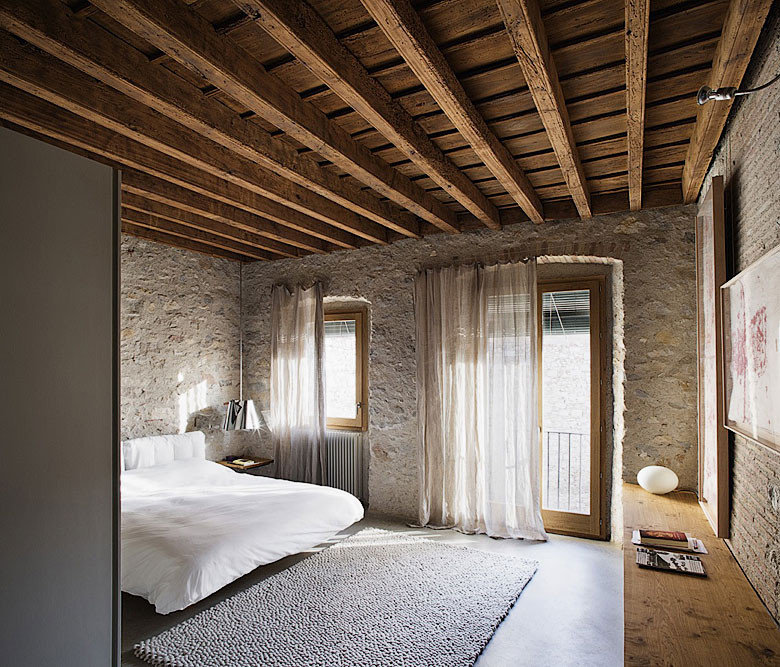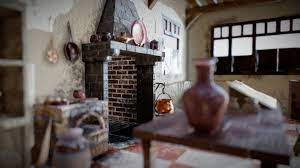Medieval home decoration involves using elements like medieval furniture, tapestries, and stained glass to create an authentic feel. Medieval house decorations often feature wrought iron accents, candles, and pewter items. For medieval room decoration, wood carving and stonework add charm. Medieval home decor ideas can include Gothic architecture and heraldry. Middle-class home decoration in Australia also draws on these styles.
Medieval Home Decoration
Medieval home decoration involves creating a space that reflects the style of the Middle Ages. For medieval home decor ideas, focus on medieval room design elements like rich, earthy medieval colors and textures. Incorporate medieval textiles such as tapestries and medieval wall decor featuring heraldic symbols.
Enhance the medieval home interior with medieval lighting, like wrought iron chandeliers. For medieval bedroom decor, use heavy drapes and wooden furniture.

Embrace castle decoration ideas with medieval castle decorations and castle home decor, including large wooden tables for medieval feasting. Add medieval crafts and items reflecting medieval homes, and consider elements from medieval gardens for authenticity.
If you’re looking for some unique home decor ideas, why not take a page from medieval times? From tapestries to ironwork, there are a variety of ways to add a piece of history to your living space. Let’s take a look at how medieval people decorated their homes and how you can incorporate this style into your own.
1. Tapestries
Tapestries were one of the most common forms of decoration in medieval homes. Tapestries were woven wall hangings that featured elaborate designs and vivid colors. They often depicted scenes from religious texts, such as Bible stories or mythological tales. Tapestries were expensive and took months or even years to complete, so they were usually reserved for wealthy households who could afford them. Today, you can recreate the look with modern-day tapestries that are just as beautiful but much more affordable.
2. Furnishings
Medieval furnishings were made from natural materials like wood, stone, clay, and leather. Furniture was simple in design and function—tables were used for eating meals while chairs provided comfort during long conversations around the fire. Beds had wooden frames with thick blankets or mattresses filled with straw or feathers for added warmth on cold nights. While these items aren’t exactly easy to find today (unless you shop at antique stores!), you can still get the same look with modern pieces that have been given an aged finish to make them look more authentic.
3. Ironwork
Ironwork was also popular in medieval homes, particularly as decorative door hinges and handles that added an extra touch of elegance to otherwise plain doorways. Ironwork also had practical uses—it was often used to secure doors shut or strengthen window frames against strong winds and rainstorms. You can easily recreate this look today by adding wrought iron door hardware to your doors or using iron brackets to frame windows in your home.
With its bold colors and intricate designs, medieval home decor is full of timeless charm that will add character and sophistication to any space. Whether it’s tapestries, furnishings, or ironwork – there are plenty of ways you can recreate this ancient style in your own home! Get creative with it – who knows what looks you might discover.
How did the decoration of homes change over time?
The decoration of homes has changed drastically over time, from ancient civilizations to modern life. In the earliest eras, walls were typically adorned with frescoes and other paintings that depicted important religious or cultural stories. People also decorated their homes with fabrics and tapestries or woven rugs to provide a comfy atmosphere and additional insulation against the elements. Additionally, furniture was made out of wood or metal frames filled with straw and linen stuffing for added comfort.

As technology advanced it allowed people to create beautiful items of furniture in more intricate designs, such as chairs crafted from ivory or wood topped with carved handrests and upholstered cushions. Brass accents could be added along with marble floors that showcased ornate patterns. Later on during the 1700s wallpaper became popular in Europe; allowing people to freely express their tastes by covering walls in colorful prints featuring geometric motifs and architectural scenes as well as portraits of historical figures like kings, queens, gods, goddesses, etc.
Modern-day
Home decor trends have shifted from classic collectibles towards a contemporary look – think large mirrors mounted on walls surrounded by decorative lights for dramatic effect plus geometric shapes embedded in carpets for visual interest. Art is also widely used inside homes nowadays; be it reproduction prints based on famous masterpieces or abstract interpretations created by local artists combined tastefully. And instead of spending money on expensive pieces sourced from different parts of the world, anyone can now access affordable mass-produced items easily thanks to online shopping sites which have revolutionized architectural design decisions regarding a home’s interior decoration choices today.
What kinds of materials did they use?
The kinds of materials used in the construction of buildings and other structures vary based on the location, purpose, and period they were constructed. Common building materials today include wood, concrete, steel, stone, brick, and glass.
In ancient times construction materials included mud bricks which are still used in some parts of the world such as Africa for residential housing; stones for walls; wattle and daub (a mix of soil or clay mixed with straw) for plastering walls; thatch from palm leaves or reeds as roof covering; timber from trees to provide beams and posts to support roofs; ceramic tiles and mosaics for decorative floors; metals such as lead or copper alloys to make pipes for water collection, waste disposal systems, etc.
In most modern cities you can find a variety of different building material types being used including aluminum composite panels (ACPs), fiber cement board (FCB), insulated concrete forms (ICF) systems consisting of foam blocks forming a hollow core system that hold poured concrete within it making it easier to construct curved walls or build multi-story buildings quickly without using traditional methods like brickwork/block work where each layer needs curing before continuing further upwards.
Steel is also commonly used in modern structures due to its strength while remaining lightweight relative to other strong material options like reinforced concrete which adds significant weight per square meter provided by something like steel reinforcing bars inside the structure’s frame during the construction phase creating stronger connections between components than could be achieved with just one type of material alone – creating additional resistance against lateral forces subjecting many structures like bridges during high wind scenarios beyond what local codes allow without incorporating this kind of functional design element into their foundation/framework plans.

